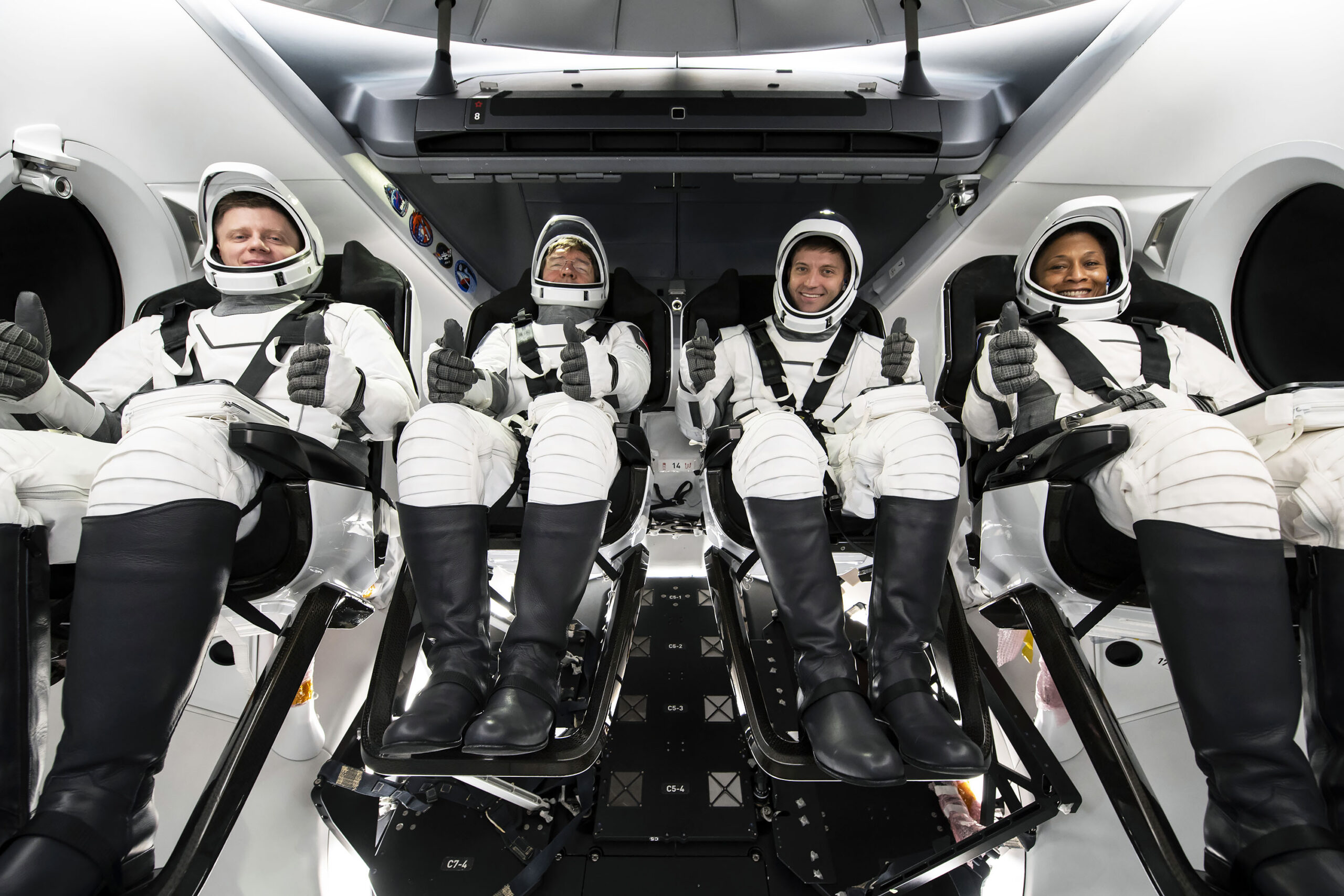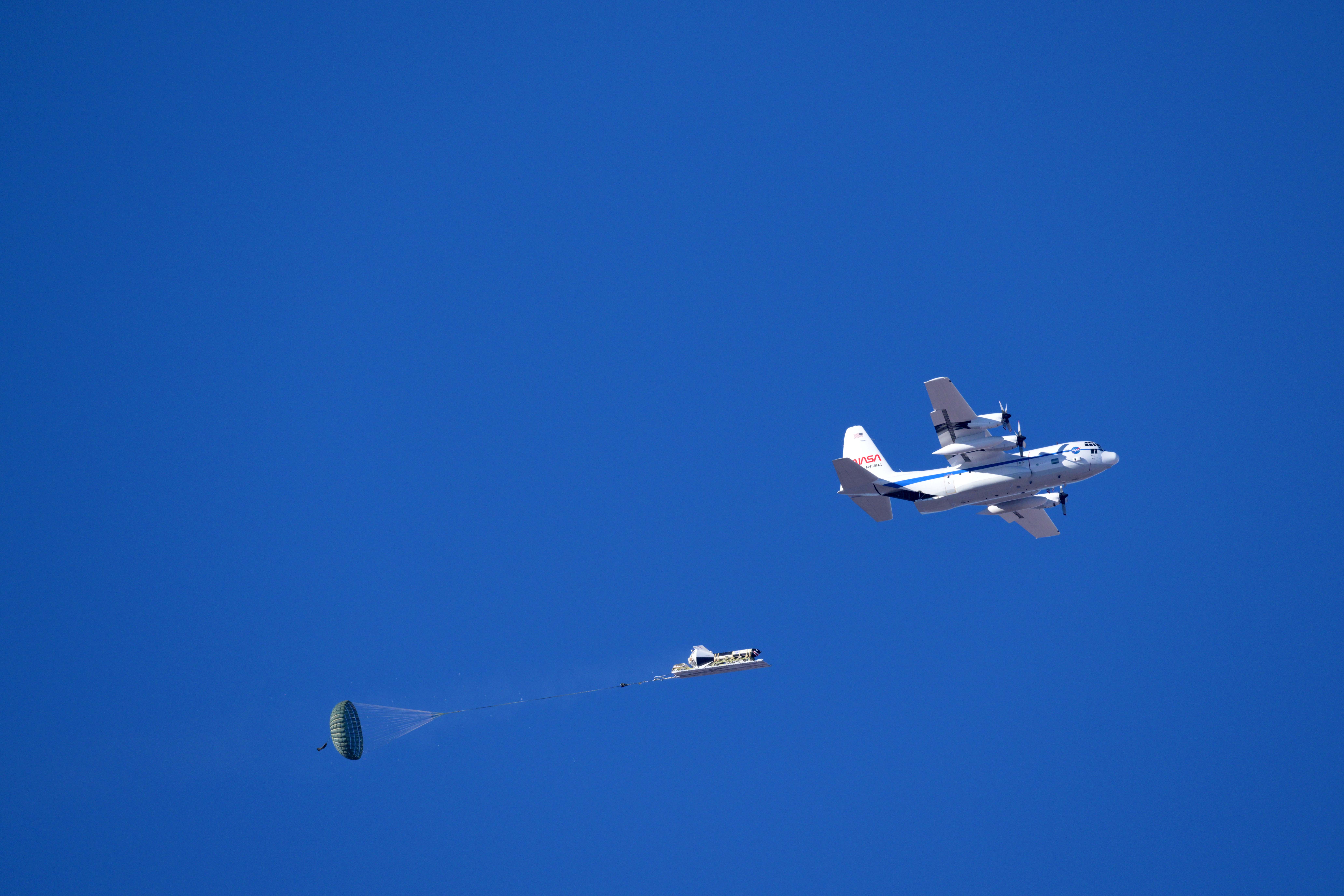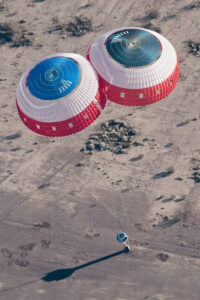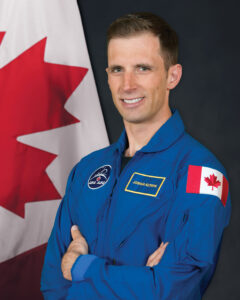
Crew members slated to fly aboard NASA’s SpaceX Crew-8 mission entered quarantine Friday evening in one of the last major milestones before they head to the Florida launch site to start their mission to the International Space Station.
The flight crew health stabilization process is a routine part of final preparations for all missions to the space station. Crew-8 members will spend the final two weeks before liftoff in quarantine to help ensure they are healthy and to protect the astronauts already on the space station from sickness. During quarantine, contact with other people is limited during the isolation time and most interactions are handled remotely, though family and some launch and flight team members are cleared before they interact with the crew during this timeframe.
NASA astronauts Matthew Dominick, Michael Barratt, and Jeanette Epps, and Roscosmos cosmonaut Alexander Grebenkin will lift off from Launch Complex 39A at NASA’s Kennedy Space Center in Florida to perform research, technology demonstrations, and maintenance activities aboard the space station. NASA and SpaceX are targeting no earlier than 12:04 a.m. EST on Friday, March 1, for the launch of the Crew-8 mission.
Crew-8 is the eighth crew rotation mission with SpaceX to the station, and the ninth human spaceflight as part of NASA’s Commercial Crew Program. The cadre will fly aboard the SpaceX Dragon spacecraft, named Endeavour, which previously flew NASA’s SpaceX Demo Mission-2, Crew-2 and Crew-6, in addition to Axiom Mission 1, the first private astronaut mission to the microgravity laboratory.
Follow the commercial crew blog for the latest information on Crew-8 progress and flight readiness as reviews and milestones continue. Details about the mission and NASA’s Commercial Crew Program can be found by following the Crew-8 blog, the commercial crew blog, X, and Facebook.











